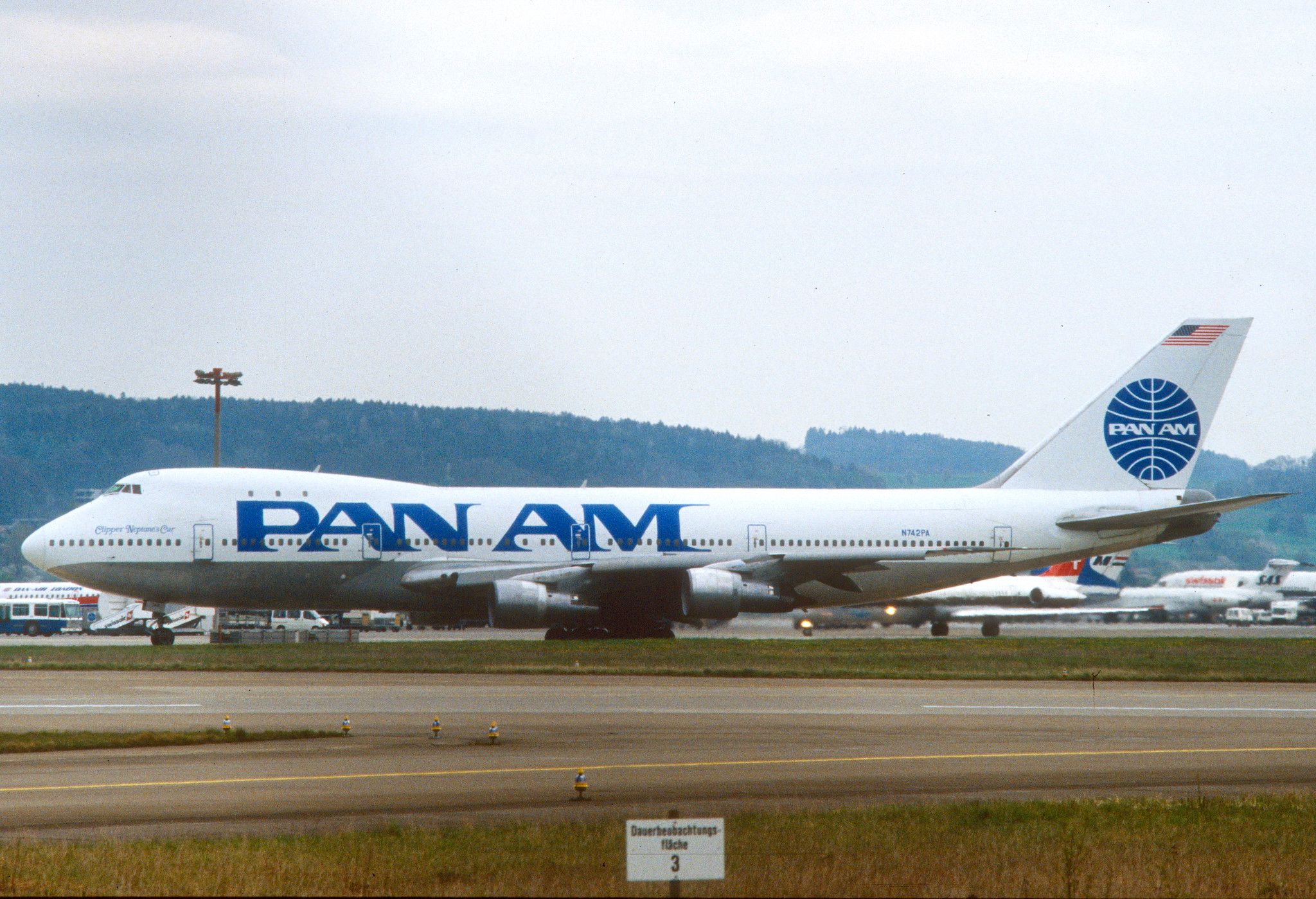This month marks 31 years since Pan American World Airways flew its last commercial flight and ceased operations. The six-decade-old airline has come to symbolize modern international travel, embedding itself in pop culture and the public spotlight. Here's a look back at the airline's history and why it has so many fans.
End of an era
On December 4th, 1991, Pan Am formally ceased operations after months of financial distress. Pan Am Flight 436 was the last to carry the airline's flag, heading from Bridgetown, Barbados, to Miami, Florida, on a Boeing 727. By the time the plane landed, its operator was no more.
The morning after its collapse, The Day carried the headline, "Pan Am Takes Its Final Flight Into History." For nearly 8,000 employees and millions of fans, the airline's demise was an emotional moment that is remembered to this day.
So what led to the collapse of this iconic airline? Let's dig into the airline's history and find out.
Love aviation history? Discover more of our stories here
A look back
Pan Am was founded in March 1927 as a response to growing competition in the commercial aviation space. The airline started with airmail services but quickly graduated to passenger routes, flying its first travelers from Florida to Cuba in January 1928 for a princely sum of $50 (worth roughly $2,500 today).
It was in 1950 that the airline took on the name of Pan American World Airways, or Pan Am for short. Under CEO Juan Trippe, the airline rushed into the Jet Age, ordering 50 jetliners to make more efficient transatlantic crossings. This time also came to be known as the "Golden Age" due to the spacious cabins, warm services, and overall luxury, with Pan Am as the face of all of it.
The airline's presence only increased with its early adoption of the Boeing 747. This double-decker aircraft opened the door to ultra-long-haul flights and suddenly made international travel more accessible to millions globally. Pan Am took advantage of this, operating 65 of the type during its 64-year history. Notably, the company was the airline to introduce the jumbo on commercial services, allowing completely new passenger segments to experience flying for the first time.
Get the latest aviation news straight to your inbox: Sign up for our newsletters today.
Not so easy
While things might have looked smooth sailing for Pan Am, the aviation industry is perennially turbulent. In 1978, the US government signed in the Airline Deregulation Act, opening the gates to dozens of more airlines to take to the skies and offer competing services. However, it wasn't only the renewed competition, which saw many well-known brands go down, that hurt Pan Am.
The airline's reputation also took a massive hit following the Lockerbie bombing in 1988, which led to safety concerns and sanctions for Pan Am.
At the turn of 1991, Pan Am filed for bankruptcy protection following the loss of over $2 billion amid ever-escalating financial woes. This was followed by the implications of the Gulf War, which drove up the price of fuel and depressed travel demand, a twin crisis for the airline. Fuel was also a factor when it came to the initial downward spiral. For instance, a series of oil crises in the 1970s forced the price of jet fuel to soar, causing Pan Am to rely heavily on expensive foreign fuel.
Delta Air Lines took on Pan Am’s transatlantic routes and shuttle service. The Atlanta-based carrier highlighted that Pan Am was losing up to $3 million every day just before its demise. There were numerous revival efforts. Still, Pan Am could not be saved. Thus, on December 4th, 1991, the world said goodbye to the most recognizable airline across the globe and kicked off a new era in aviation.
What are your thoughts about the journey of Pan American? What do you make of the airline's overall history? Let us know what you think of the carrier and its story in the comments section.
Source: This Day

